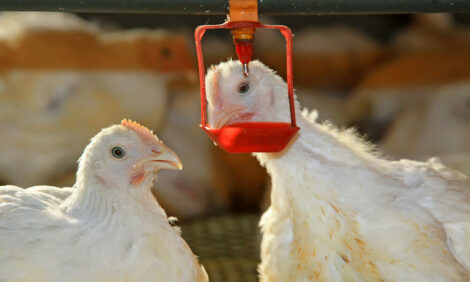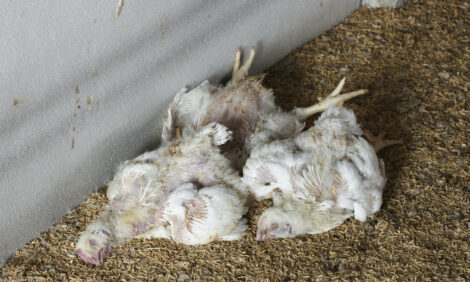



VLA National Conference Summary
UK - The Veterinary Laboratories Agency (VLA) hosted a successful joint national veterinary conference with Government Veterinary Surgeons (GVS) and the Association of Government Veterinarians (AGV) at the end of September.Looking forward
The conference’s plenary session ‘Working Together on Animal Health and Welfare – A Glimpse into the Future’ addressed the future for government veterinary science and Nigel Gibbens discussed the merger of VLA with Animal Health.
He talked about the role of the two agencies and said: “There are many examples of how Animal Health and VLA already work together and both organisations are well respected. We want to keep the best of both and Defra will join with you to make it happen.”
Rosemary Radcliffe also explained the objectives of the responsibility and cost sharing advisory group, which are to reduce the risk and cost of animal disease and improve welfare of kept animals, to rebuild and maintain trust between animal keepers and Defra and to improve the effectiveness and value for money of policy and delivery. The group are due to report at the end of the year and Ms Radcliffe described the progress to date before opening up the debate to suggestions and comments from the audience.
Farm-to-fork
Acknowledging the link between animal and human diseases, the food chain and ‘farm-to-fork’ concept were central threads throughout the conference.
A session dedicated to antimicrobial resistance, organised with the British Society for Antimicrobial Chemotherapy (BSAC), discussed this significant issue in both animals and humans. Leading experts from universities, VLA and the Health Protection Agency presented data about increasing antimicrobial resistance in Escherichia coli and Salmonella as well as other pathogens, and discussed the emergence of multi-drug resistant bacteria.
Laura Piddock, president of BSAC, encapsulated the problem by saying: “No new antimicrobials are being developed, either for animals or humans. We need to re-educate the public about the benefits of antimicrobials and what needs to be done for their continual use.”
This session was complemented by a workshop hosted by the Veterinary Medicines Directorate (VMD), which also addressed the use of antimicrobials and the development of antimicrobial resistance in veterinary medicine.
Food-borne zoonoses were also discussed in a session co-organised with the Department of Health and the Food Standards Agency (FSA). Campylobacter and Salmonella were major topics during the session, which featured presentations from veterinary, food and health experts to reflect the relationship between these three disciplines in this field.
Campylobacter is the most common cause of food poisoning in the UK and is present in 65 per cent of tested chickens. Javier Dominguez, from FSA, discussed the UK Food-borne Disease Strategy 2010-15 and said that “the key priority is the reduction of campylobacter in chickens.”









